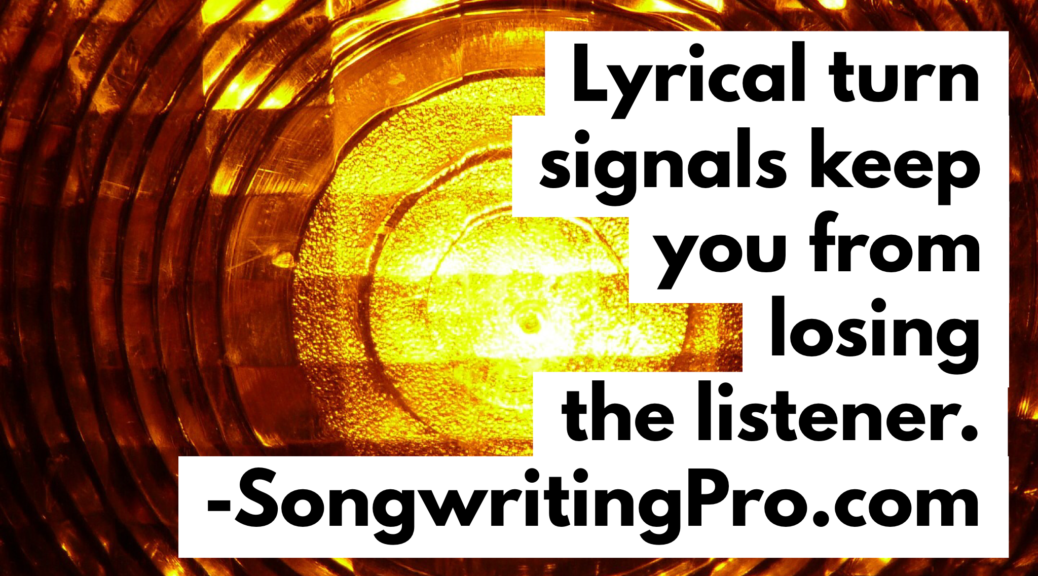If you write songs that do this ONE thing wrong, it makes you look like an amateur. But if you do it right… it just might be a hit.
Kenny Chesney did it right in “Don’t Blink.” Lee Brice did it right in “Love Like Crazy.” And both songs were massive #1 country hits. These songs were written by pro writers who applied this technique correctly. But I see this technique become a mistake in a whole lot of songs- and it makes the writer look like a rookie.
Want to learn this hit songwriter technique and make sure you aren’t doing it wrong? Read on.
________________________________
To BE a pro, you need to THINK like a pro, and this FREE ebook will help transform your thinking, your songwriting, and your success. Get it today!
_________________________________
The technique is to sing ABOUT the main character in the verse and then to sing AS the main character in the chorus.
Sounds simple, right? You may already do this without thinking about it. But it’s HOW you pull it off that can make your song either much more commercial or much less professional.
Most of the time you shouldn’t mix your pronouns at all.
If you’re singing ABOUT him in the verse, you should sing ABOUT him in the chorus. If you’re singing TO her in the verse, sing TO her in the chorus. If you mix your pronouns (“him” to “you” or “you” to “her”), you run the risk of looking like a sloppy amateur.
The pros (publishers and songwriters) know how to keep their pronouns consistent. If you mess them up- especially if you do it in more than one song- they’ll assume you either don’t pay enough attention to the details (sloppy) or your craft needs to improve (amateur).
Additionally, it might confuse your listener. If your “you” turns into “her” or “him” becomes “you,” the listener may think a new character has been introduced. Even if they figure it out, it takes the listener’s heart out of the song because their head is busy figuring out your pronouns.
Save them the work and get pronouns right before they hear it.
But sometimes it is commercially wise to mix your pronouns / point-of-view.
For example, in Kenny Chesney’s “Don’t Blink,” written by Chris Wallen and Casey Beathard, the main character is an old man turning 102. Kenny obviously didn’t want to sing the whole song AS that character.
However, that chorus just sounds SO much better in the first person!
The Lee Brice hit, “Love Like Crazy,” written by Tim James and Doug Johnson, had two main characters. The first verse tells of a man who had been married 58 years. The second tells of a man who started a home computer business. Brice isn’t passing himself off as either one of those guys, much less BOTH.
But that chorus sounds SO much better coming from the first person point of view!
So how did the songwriters pull off singing ABOUT the character in the verse and singing AS the character in the chorus?
They built in lyrical turn signals.

In “Love Like Crazy” they built their turn signal into the first pre-chorus:
“Just ask him how he did it; he’ll say pull up a seat
It’ll only take a minute, to tell you everything…”
And this one into the second pre-chorus:
“Just ask him how he made it, he’ll tell you faith and sweat
And the heart of a faithful woman, who never let him forget…”
In “Don’t Blink,” the songwriters built this turn signal into the end of the verse, right before the chorus: “
Asked him what’s the secret to life
He looked up from his old pipe
Laughed and said ‘All I can say is…'”
In the second verse, the quote happens right in the beginning:
“I was glued to my TV when it looked like he looked at me
and said ‘Best start putting first things first'”
Using the lyrical turn signal is a simple thing, but it’s critical. If you just expect the listener to know the turn is coming without you telling them, there’s a good chance they’ll miss it. And if they miss that turn, you could lose them for the rest of the song.
If you confuse the listener, you lose the listener.

This POV turn signal is a great way to get the best of both worlds. The singer doesn’t have to become the main character in the song, but the chorus still has the impact of first person point of view.
Knowing pro techniques like this can make a big difference in YOUR songwriting. Applying them will help you write market-smart songs: songs that have a competitive advantage in the market.
If you want to dive deeply into point of view as a songwriting craft; if you want learn how to write songs that will get you noticed in the music business, I have a great opportunity for you.
Every Monday night in April, I’m hosting The C4 Experience. It’s an exclusive, live online event where I help 10 writers like YOU create explosive growth in your commercial songwriting. I want you to win, and I’m going to help you write songs that artists want to sing, radio wants to play and fans want to hear.
CLICK HERE TO GET ALL THE DETAILS AND RESERVE YOUR SPOT IN THIS EXCLUSIVE EVENT!
God Bless and Enjoy the Journey,
Brent
Brent Baxter is a hit songwriter with cuts by Alan Jackson, Randy Travis, Lady Antebellum, Joe Nichols, Gord Bamford, Ruthie Collins, Ray Stevens and more. He’s written a top 5 hit in the US, a #1 in Canada, and a top 10 in Texas. His songs appear on 5 industry-certified gold & platinum albums & singles… so far. He also hosts a top-rated songwriting and music business podcast called, “The C.L.I.M.B.” which can be found on iTunes or your favorite podcast app.







